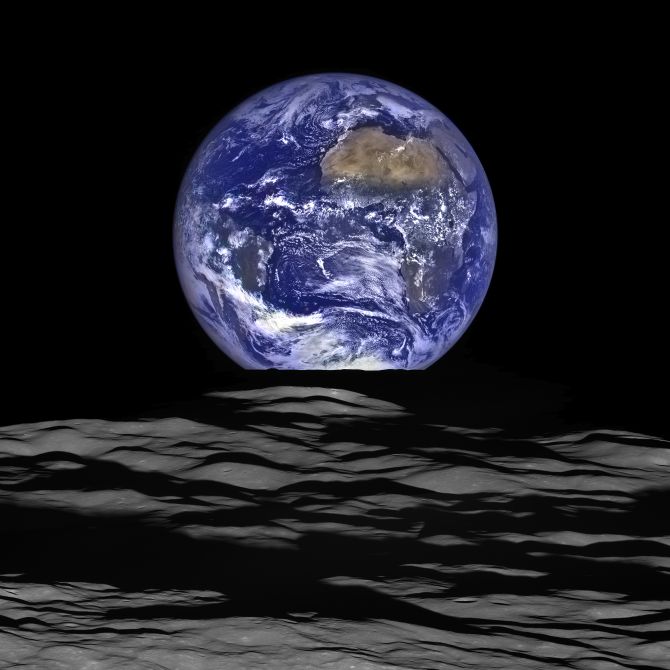 The world’s largest and most sensitive cosmic ray monitor, located in India, has recorded a burst of galactic cosmic rays that indicates a crack in the Earth’s magnetic shield, according to scientists.
The world’s largest and most sensitive cosmic ray monitor, located in India, has recorded a burst of galactic cosmic rays that indicates a crack in the Earth’s magnetic shield, according to scientists.
The burst occurred when a giant cloud of plasma ejected from the solar corona struck Earth at a very high speed causing massive compression of the Earth’s magnetosphere and triggering a severe geomagnetic storm.
The GRAPES-3 muon telescope located at Tata Institute of Fundamental Research’s Cosmic Ray Laboratory in Ooty in Tamil Nadu recorded a burst of galactic cosmic rays of about 20 GeV last year lasting for two hours.
The burst occurred when a giant cloud of plasma ejected from the solar corona, and moving with a speed of about 2.5 million kilometres per hour struck our planet, causing a severe compression of Earth’s magnetosphere from 11 to 4 times the radius of Earth.
It triggered a severe geomagnetic storm that generated aurora borealis and radio signal blackouts in many high latitude countries, according to the study published in the journal Physical Review Letters this week.
Earth’s magnetosphere extends over a radius of a million kilometres, which acts as the first line of defence, shielding us from the continuous flow of solar and galactic cosmic rays, thus protecting life on our planet from these high intensity energetic radiations.
Numerical simulations performed by the GRAPES-3 researchers, including Pravata K Mohanty, indicate that the Earth’s magnetic shield temporarily cracked due to the occurrence of magnetic reconnection, allowing the lower energy galactic cosmic ray particles to enter our atmosphere.
Earth’s magnetic field bent these particles about 180° from the day-side to the night-side of the Earth where it was detected as a burst by the GRAPES-3 muon telescope around mid-night on 22 June 2015.
The data was analysed and interpreted through extensive simulation over several weeks by using the 1280-core computing farm that was built in-house by the GRAPES-3 team of physicists and engineers at the Cosmic Ray Laboratory in Ooty.
Solar storms can cause major disruption to human civilisation by crippling large electrical power grids, global positioning systems, satellite operations and communications.
Image for representation only.





